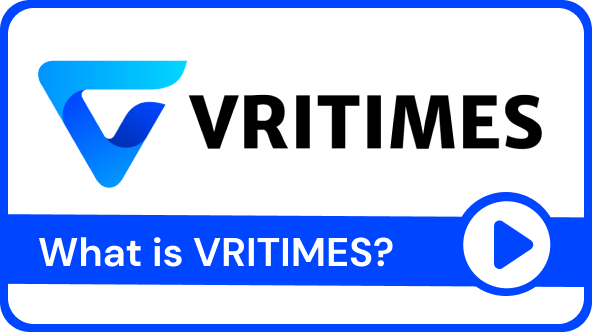/ News vs. Opinion: Key Differences Every Writer and Reader Should Know
News vs. Opinion: Key Differences Every Writer and Reader Should Know
What Are News Articles?
News articles focus on facts and aim to inform the public about events or issues objectively and without bias. Whether they’re breaking news about a natural disaster, political developments, or technology advancements, news articles prioritize accuracy and neutrality.
Key Characteristics of News:
1. Fact-Based: News relies on verified evidence—interviews, data, and documents—to ensure reliability.
2. Impartiality: It avoids taking sides and presenting all viewpoints fairly.
3. Timeliness: News is relevant to current events or updates.
4. Verification Process: Stories go through rigorous editorial checks before publication.
Example Topics:
∙ Reports on the latest climate change summit.
∙ Updates on artificial intelligence regulations.
∙ Coverage of a major sporting event.
Pro Tip: A strong news article concisely and accurately answers the 5Ws and H (Who, What, Where, When, Why, and How).
What Are Opinion Articles?
Opinion articles, on the other hand, are about perspective. They interpret events or issues through the author’s lens, offering arguments, insights, or commentary. While opinions may include supporting evidence, they are inherently subjective.
Key Characteristics of Opinion:
Subjective Perspective: Reflects the writer’s thoughts, beliefs, or arguments.
Evidence-Backed: Uses data or examples to strengthen viewpoints, but the interpretation is personal.
Purposeful Persuasion: Aims to influence readers or spark discussion.
Example Topics:
∙ Analysis of the pros and cons of remote work policies.
∙ Commentary on the ethical implications of AI in art.
∙ Opinions on global political movements.
Pro Tip: Opinion pieces thrive on authenticity. Be transparent about your stance while backing it up with credible sources.
Key Differences Between News and Opinion
Why It’s Important to Understand the Difference
1. Journalistic Integrity: Blurring news and opinions can erode trust. Readers deserve transparency about whether they’re reading fact-based reporting or personal commentary.
2. Audience Clarity: Clear distinctions help readers engage with content appropriately, whether seeking information or exploring new perspectives.
3. Credibility: For writers, staying honest about your content type builds authority and reliability.
Navigating Modern Challenges
With the rise of digital media, the lines between news and opinion have become increasingly blurred. Blogs, social media posts, and even some news sites often mix the two, making it harder for audiences to differentiate.
Tips for Writers:
∙ Label Content Clearly: Add tags or disclaimers like “Opinion” or “Editorial” for transparency.
∙ Separate Sections: To avoid confusion, keep news and opinions distinct in layout and format.
∙ Stick to Your Purpose: News should inform, while opinion should interpret. Avoid crossing the line unintentionally.
Tips for Readers:
∙ Check the Source: Reputable outlets often label opinion pieces clearly.
∙ Look for Evidence: News articles are fact-driven, while opinion pieces may rely more on the author’s analysis.
∙ Verify Credibility: Cross-check information with multiple sources to ensure accuracy.
How Current Trends Impact News and Opinion
1. Breaking News on Social Media: Platforms like Twitter and TikTok often mix real-time reporting with personal takes, challenging readers to discern fact from opinion.
2. Rise of Substack and Medium: These platforms enable writers to share opinions under the guise of news, requiring audiences to stay vigilant.
3. AI in Journalism: AI tools are now generating news summaries and opinion pieces, raising questions about transparency and accountability.
Final Thoughts
Understanding the difference between news and opinion is essential in today’s information-driven world. News articles provide the facts, while opinion pieces offer context and perspective. Both have their place, but clarity in writing and consumption is key to maintaining trust and credibility.
By mastering the art of distinguishing and creating these forms, writers can build stronger connections with their audiences, and readers can navigate media landscapes with confidence.







